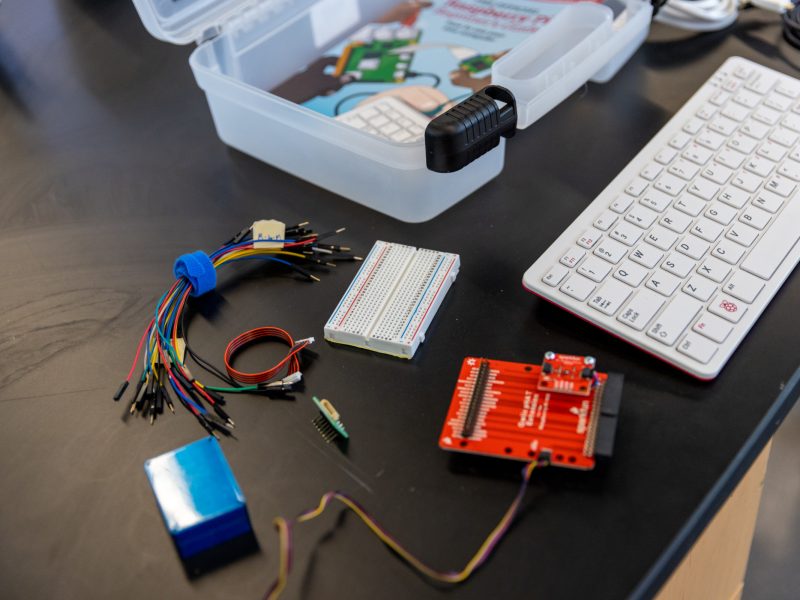Description
This technology optimizes the efficiency of an embedded computer system during the execution of its tasks. During task execution, energy use is measured, interpreted, and optimized with the implementation of steps accomplished via manipulation of the system hardware.
The system monitors energy use and continuously adjusts system parameters in an attempt to improve energy efficiency. The process is undertaken autonomously, freeing the designer from the task of hand-optimizing system performance. The system is implemented as a software library under a portable application programming interface (API), which allows it to be used with a variety of heterogeneous devices and presents an abstracted hardware interface to the application code.
Additional Information
Patent number and inventor
US 9,459,685 and 10,176,009
Paul Flikkema
Potential applications
This system may find applications in low-power embedded computing systems, such as those required to support the emerging internet of things. Some embedded systems must operate for long periods of time on limited amounts of electrical energy such as using a battery that may not be able to be replaced for many years, if ever. Methods have been implemented in the past to optimize the energy use of the embedded system to reduce its energy consumption so that the operational life of the embedded system on limited electrical energy may be maximized.
Benefits and advantages
Conventionally, such optimization methods have been performed by a programmer prior to deployment of an embedded system as part of application programming. This method performs autonomously and continuously to enhance energy use efficiency.
Case number and licensing status
2012-017
This invention is available for licensing.
